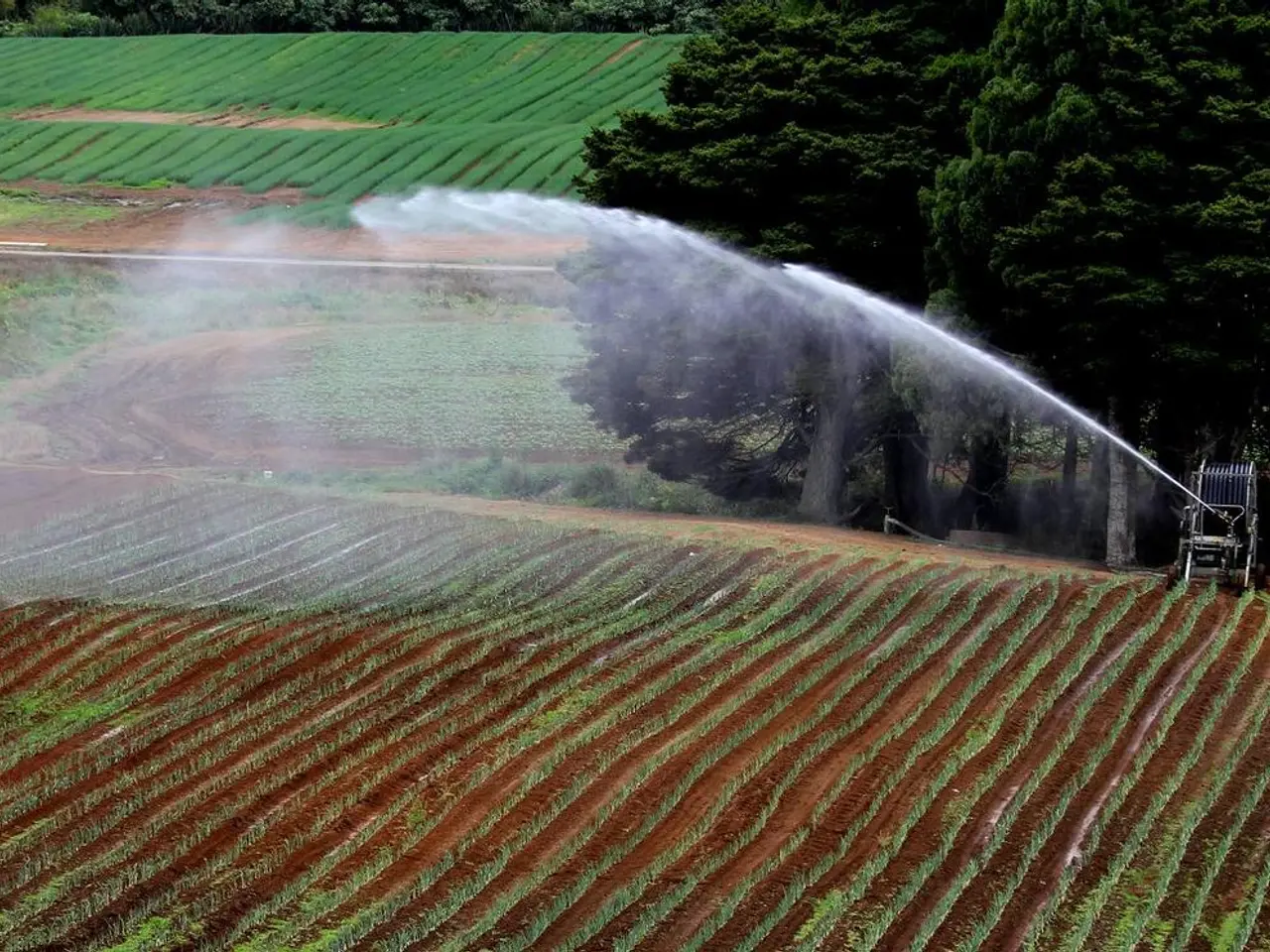Top Picks for Rain Barrels: 2024's Best Models Unveiled
In the quest to conserve water and nurture a thriving garden, investing in a rain barrel is an eco-friendly choice. This article will guide you through the top factors to consider when selecting a rain barrel that suits your needs.
Firstly, **capacity** is crucial. A rain barrel with sufficient capacity is essential to cater to your garden's water requirements. Most rebates and practical options start at a minimum of 50 gallons, with common barrels around 55 gallons. Larger cisterns can store more but may require more space and infrastructure.
The **material and durability** of the rain barrel should be your next concern. A sturdy, rigid container made of UV-protected, food-grade plastic is ideal to ensure longevity and safe water storage. Avoid barrels that may rust or degrade quickly.
A **secure cover** is essential to prevent mosquito breeding, keep out debris, and rodents—this also helps maintain water quality.
The **compatibility with your roof type** is another significant factor. Roofs made of tiles, slate, metal (aluminum or stainless steel), and glass panes are best because they do not leach contaminants. Avoid roofs with bituminous materials, asbestos, or metal like copper or lead without proper filtration.
**Placement and installation** are crucial aspects to consider. The barrel should be positioned to easily connect to a downspout without impeding water flow. Elevating the barrel on a solid, stable foundation about six inches off the ground helps with gravity-fed water distribution and maintenance.
**Overflow and drainage design** are vital to prevent flooding or foundation damage during heavy rain. Consider how excess water will be handled.
The **intended use of the harvested water** can affect the choice of barrel and whether additional filtration or treatment is needed. Whether you plan to use the water for garden irrigation, washing, or other outdoor uses is an essential factor.
**Local regulations and rebates** should also be taken into account. Check if your area offers rebates, their conditions (e.g., minimum barrel size, cover requirements), and compliance with local codes when selecting a rain barrel.
When it comes to specific models, the Mirainbarrel Rain Barrel, with its 58-gallon capacity, food-grade recycled plastic construction, and high-quality brass spigot and overflow valve, is a popular choice. The Good Ideas Rain Wizard 40 Gallon Rain Barrel, featuring a screen mesh and a flat back for wall-fitting, is another popular choice.
The Good Ideas 65-gallon Black Plastic Rain Barrel, made of FDA-approved resin and BPA-free, and the IOCOCEE Folding Rain Barrel, a collapsible 100-gallon option, are other noteworthy mentions. The Koolscapes Stone-Look Rain Barrel, with its stone-like finish and secure screen, is another excellent choice.
Some rain barrel models allow connection of multiple barrels to increase water capacity. For instance, the Good Ideas Rain Wizard Rain Barrel can be linked to additional barrels using an easy-to-use linking kit (sold separately).
Using a rain barrel can help save water and reduce stormwater runoff, benefiting the environment and reducing water bills. By following this guide, you'll be well-equipped to choose the best rain barrel for your garden and contribute to a greener, more water-conscious world.
When selecting a rain barrel for home-and-garden use, it is essential to focus on the barrel's capacity to cater to your garden's water requirements, with most options starting at 50 gallons and common barrels around 55 gallons. Additionally, the material and durability of the rain barrel should be considered, with a sturdy, rigid container made of UV-protected, food-grade plastic being ideal for safe water storage.




